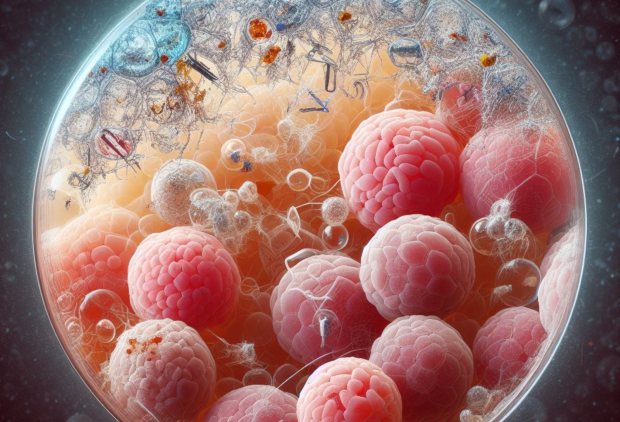New research from the University of New Mexico has confirmed that microplastics have now been found within human testicle tissue.

A team of scientists analyzed testicular tissue taken from both dogs and humans and found microplastics in every sample. More shockingly, the human testicle tissue had a presence of microplastics three times higher than what was found in the dog testicle tissue. More specifically, the team discovered an average of 122.63 micrograms of microplastics per gram of tissue in canines, while human tissue was 329.44 micrograms.
The discovery of microplastics entering the male reproductive system has raised concerns about its presence impacting fertility, particularly after the team found canine samples that contained a higher quantity of polyvinyl chloride, correlated with lower sperm count in dogs. The team was unable to test the impact of polyvinyl chloride in the human tissue samples.
Notably, polyethylene is considered the most widely used commodity plastic in the world as its used to manufacturer plastic bags, bottles and many other common plastic items, such as toys, houseware, insulation for wires, trays, and more.
"The plastic makes a difference - what type of plastic might be correlated with potential function. PVC can release a lot of chemicals that interfere with spermatogenesis and it contains chemicals that cause endocrine disruption," says environmental health scientist Xiaozhong Yu from the University of New Mexico
The main concern is if polyvinyl chloride, which is used in many industrial and household products is contributing, or even the cause of falling sperm counts around the world. It should be noted the results seen in dog fertility in relation to the presence of microplastics in testicle tissue need to be replicated in men before any confirmation can be made on the impact of human male sperm counts.
"We don't want to scare people," says Yu. "We want to scientifically provide the data and make people aware there are a lot of microplastics. We can make our own choices to better avoid exposures, change our lifestyle and change our behavior."




